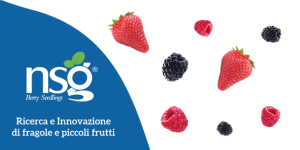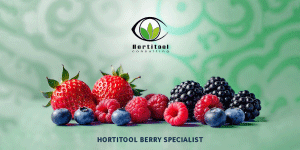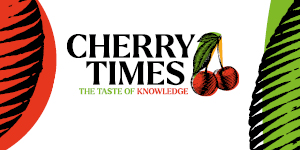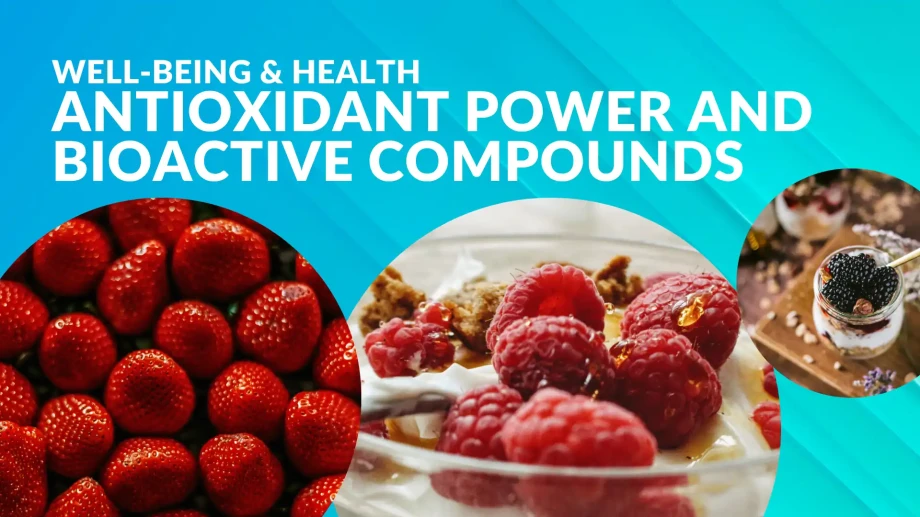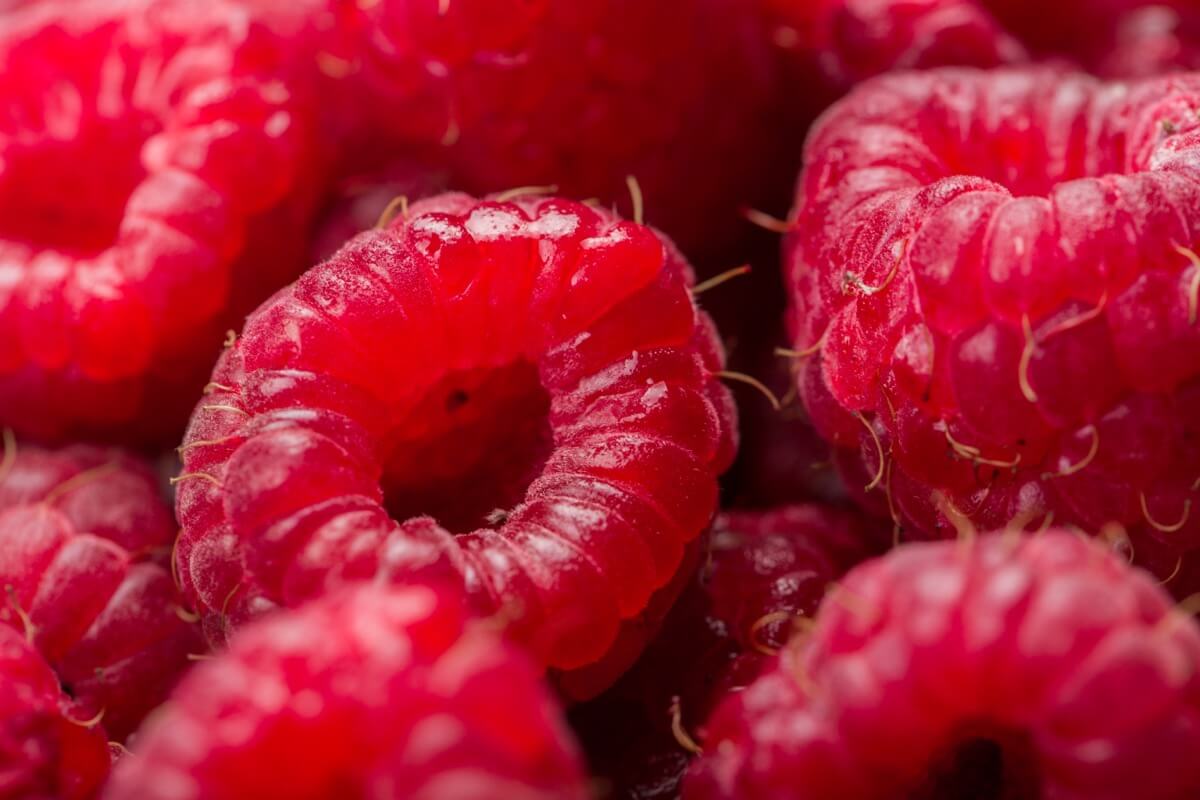Scientific and market interest in fruits, particularly berries, has shown steady growth over the past decades.
These small berries, which include species belonging to important families such as Rosaceae (strawberries, raspberries, blackberries) and Ericaceae (including blueberry and cranberry), are universally recognized as some of the best dietary sources of bioactive compounds (BAC).
Berries are not only appreciated for their pleasant taste and aroma, but also for their increasing functional value.
The richness of their bioactive compounds makes them ideal candidates for use as ingredients in functional foods and nutraceuticals.
This opportunity is driven by consumer demand, as people actively seek healthy food products capable of reducing health risks and improving wellbeing.
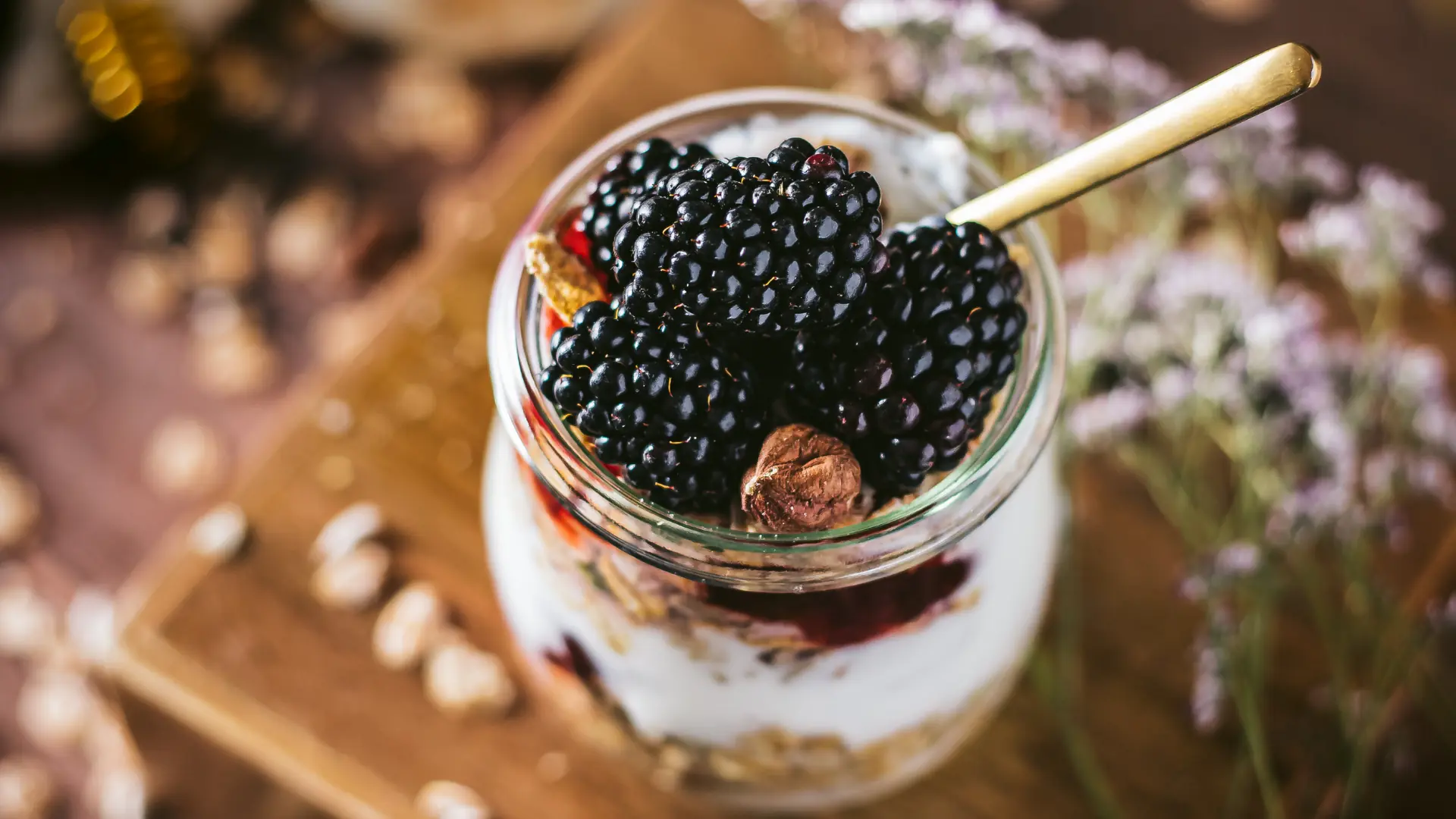
Chemical composition and bioactive compounds
The intrinsic quality of berries derives from their chemical composition.
In general, they are low in calories, contain only small amounts of fat, but are rich in dietary fiber, organic acids, and traces of minerals and vitamins.
The crucial bioactive compounds (BAC) present in berries include ascorbic acid (Vitamin C) and, most importantly, phenolic compounds.
Phenolics form a large and heterogeneous group with one or more aromatic rings and tend to donate an electron or a hydrogen atom to a free radical, converting it into a harmless molecule.
The relevant phenolic compounds in berries include:
- Flavonoids: such as anthocyanins (responsible for red and bluish color), flavonols (quercetin, kaempferol), and flavanols.
- Phenolic Acids: such as hydroxybenzoic and hydroxycinnamic acids.
- Tannins: including condensed tannins (proanthocyanidins) and hydrolyzable tannins (ellagitannins).
In addition to phenolics, ascorbic acid is a powerful antioxidant, essential and water-soluble, that neutralizes free radicals.
Although ascorbic acid is a quality indicator during processing and storage, in many studies it contributes only a small part (up to 10%) to the total antioxidant capacity of the fruit, compared to phenolic compounds.
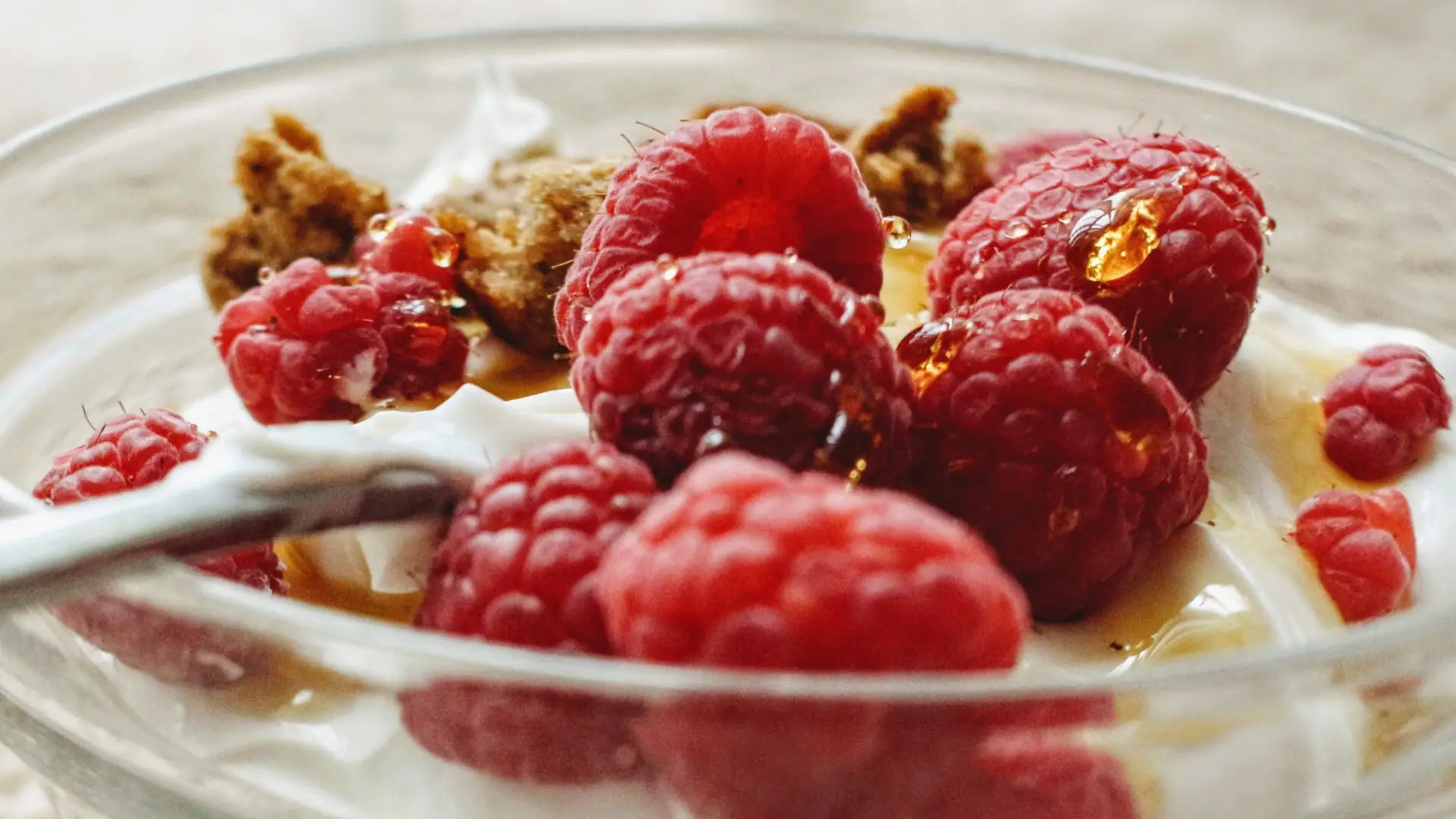
Antioxidant activity and health benefits
BAC, both individually and in combination, give berries a high total antioxidant capacity (TAC).
Antioxidants are substances that fight free radicals, whose unstable and reactive forms can cause cumulative oxidative damage, known as "oxidative stress," which is implicated in various diseases.
A diet rich in antioxidants, such as those provided by berries, is believed to be associated with a reduction of oxidative damage to DNA, potentially contributing to the prevention of key stages of carcinogenesis.
Berries are linked to health benefits including the prevention of inflammatory disorders, cardiovascular diseases, and a protective effect in reducing the risk of various types of cancer.
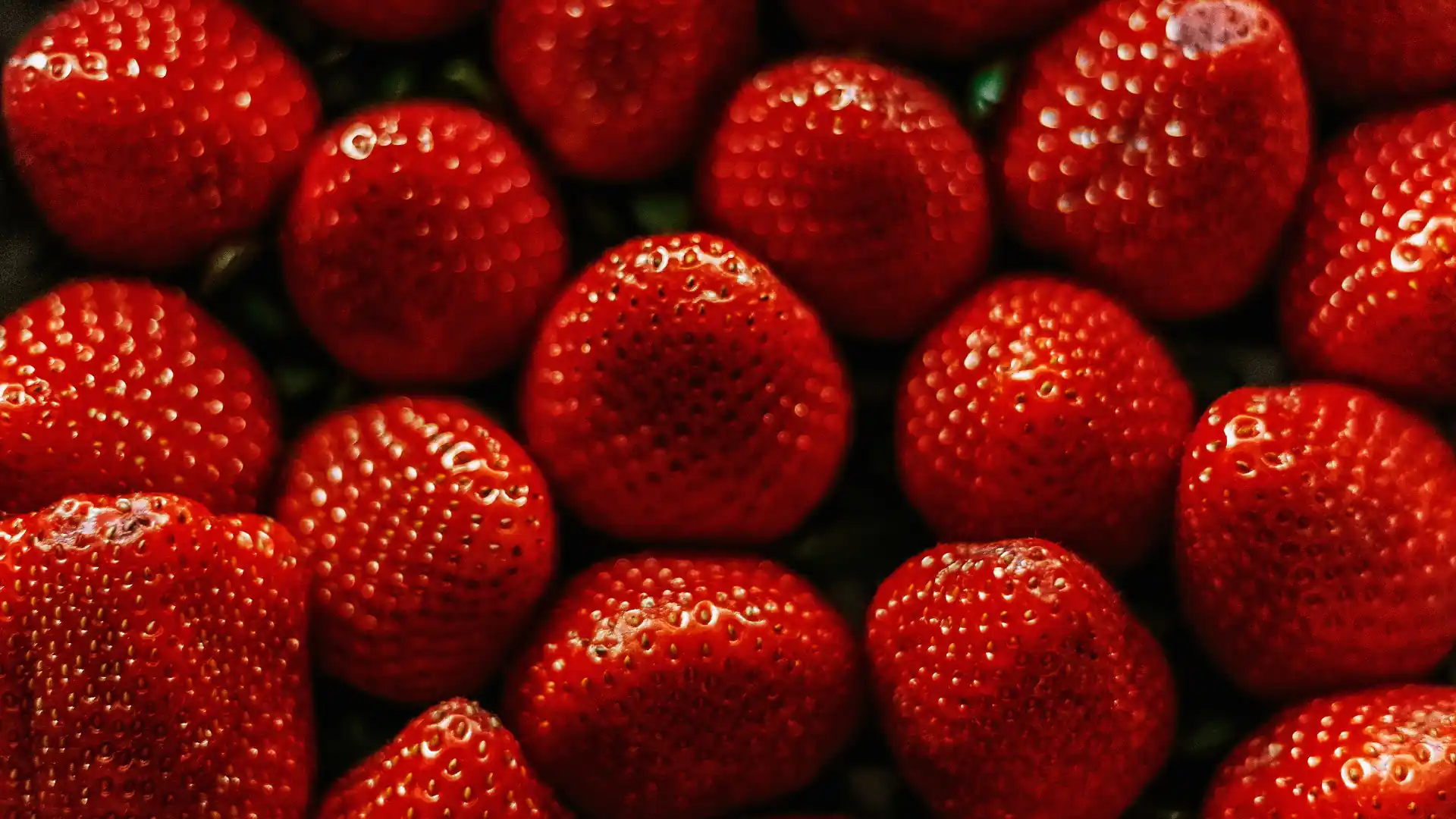
Blueberry as a functional example
Among the most studied berries for their nutritional and sensory benefits, the blueberry (genus Vaccinium, such as highbush and lowbush blueberry) holds a prominent position.
Blueberries are considered fruits with one of the highest total antioxidant capacities (TAC).
Anthocyanins, the blue pigments responsible for their characteristic color, are regarded as the main contributors to blueberry antioxidant activity, accounting for up to 84% of TAC, alongside proanthocyanidins and chlorogenic acid.
The specific health benefits of blueberry consumption are widely documented and include:
- Eye Health: Improve blood and oxygen supply to the eye, offering protection against ophthalmic disorders such as cataracts and macular degeneration.
- Metabolic Control: Exhibit anti-diabetic properties and have shown the ability to improve insulin sensitivity in insulin-resistant individuals.
- Cardiovascular Protection: May help lower blood pressure and cholesterol levels, reducing cardiovascular risk and aiding in the prevention of atherosclerosis.
It is noteworthy, from a biochemical perspective, that antioxidant activity in blueberries may be higher in the early stages of ripening (associated with high levels of hydroxycinnamic acids and flavonols) than in the fully ripe fruit, suggesting that in some stages flavonols may have a greater antioxidant potential than anthocyanins.
Factors influencing quality and preservation
The BAC content in berries is highly variable.
This variability is influenced by several factors along the production chain: genetic qualities (cultivar), environmental and cultivation conditions, ripening stage at harvest, and subsequent storage conditions.
To preserve functional value, it is essential to consider the impact of postharvest and processing:
- Storage: Berries are often consumed fresh, the form in which BAC are most active and abundant. Ascorbic acid is often used as a quality indicator in these processes.
- Processing: Heat treatments, pressing, and pasteurization can degrade BAC. For example, clear juice production may cause extensive losses of phenolics. In blackberry processing, juicing can result in significant losses of ellagitannins.
- Optimal Techniques: Freezing and low temperatures are generally preferable for phenolic retention. For processed products, strict oxygen exclusion or pH adjustment (e.g., a lower pH such as 2.5 for strawberries) can be beneficial in improving the stability of compounds like anthocyanins during storage.
Strategic role in modern nutrition
Berries – strawberries, raspberries, blackberries, blueberries, and cranberries – are extraordinary dietary resources of bioactive compounds.
Their remarkable antioxidant properties provide significant protective potential against the onset of chronic diseases and the harmful effects of oxidative stress.
Awareness of BAC variability depending on agronomic, harvesting, and processing factors (as demonstrated for blueberries) is crucial information for anyone aiming to optimize the functional value of these products.
In a global context where health and wellness are increasingly central to food choices, the potential use of berry BAC as ingredients in functional foods and nutraceuticals underlines their strategic role and economic relevance.
Integrating these fruits into the daily diet is not just a matter of taste, but represents a conscious and functional nutritional strategy, in line with the needs of a modern diet oriented toward prevention and active health maintenance.
Source: Skrovankova, S.; Sumczynski, D.; Mlcek, J.; Jurikova, T.; Sochor, J. Bioactive Compounds and Antioxidant Activity in Different Types of Berries. Int. J. Mol. Sci. 2015, 16, 24673-24706. https://doi.org/10.3390/ijms161024673
🫐 Well-being & Health with Berries 🍓This article is part of the editorial series Wellness & Health with Berries, which brings scientific research closer to everyday life, promoting berries as allies for well-being. The series offers clear, up-to-date, and evidence-based content designed to inform consumers and support all operators in the berry supply chain. |



